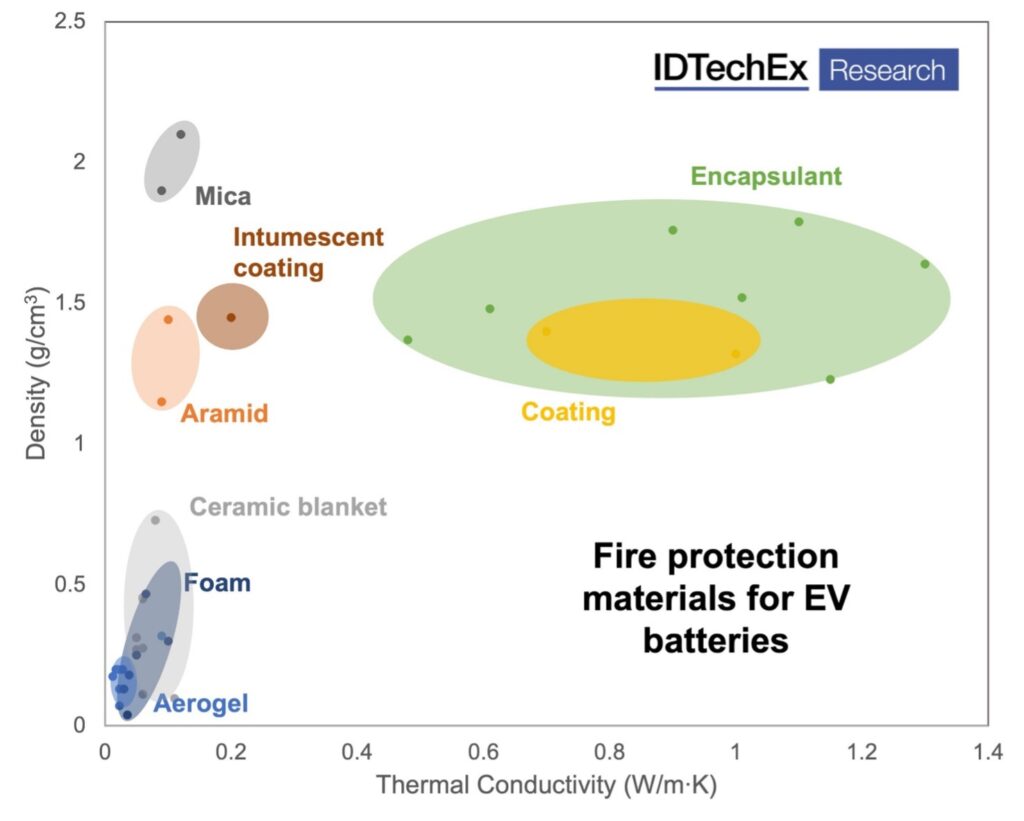The transition to electric mobility has started; it is estimated that by 2025 the global electric vehicle fleet will number more than 50 million. It must be considered that electric vehicles today are IoT items, integrated with software, sensors and other technologies for connection and data exchange on the Internet. Such technologies can lead to increasing fire safety challenges: fire safety requirements and tests for vehicles are outdated. The 1972 US MVSS 302 flammability test used globally for automotive no longer meets the fire safety needs of modern vehicles. In particular, electric vehicles require higher levels of fire safety, because a greater fire risk comes from the multitude of electrical devices now present in cars and from the electric motor, which can reach voltages from 400 to 600 V, versus 12 or 48 V of traditional vehicles. There was a recent Tesla crash that killed two men near Houston because the vehicle started to burn after the crash, and it took first responders four hours to extinguish the fire. Regarding electric vehicle batteries, ceramic blankets are adopted to provide protection above the cells and under the lid and to retard the spread of fire outside the pack. Thick mica plates have also been adopted in recent years to provide fire protection and excellent electrical insulation.

To reduce fire risks, it is necessary to develop better fire safety requirements and standards, and to inform consumers about the potential risks. In Europe, through the UNECE, the updating process is accelerating: the fire test already introduced for rechargeable energy storage systems in the UNECE 100 regulation is a first step in the right direction. Flame retardant plastics in modern electric vehicles that prevent fire hazards, intumescent coatings, interlayers and ceramic products that prevent thermal runaway from batteries will help meet these fire safety challenges.
References
[1] “Fire Protection Materials for Electric Vehicle Batteries 2023-2033”, IDTechEx

